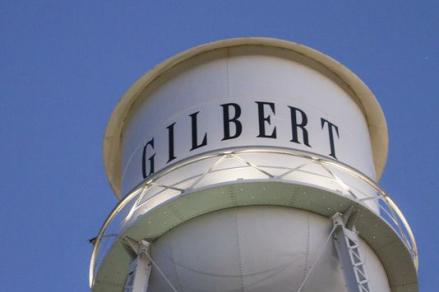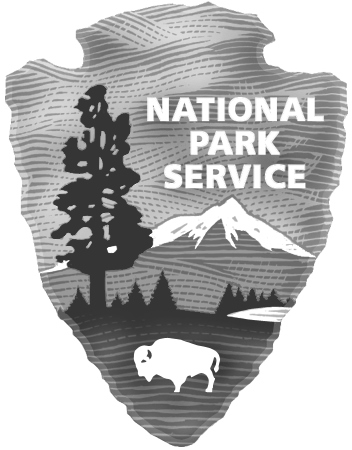The premise of the project is that the students are creating a historical marker for a town symbol. In this case, a water tower that stands in the downtown area of Gilbert, Arizona, will be examined; however; any iconic symbol could work. Using both primary and secondary sources, students will examine the technical and social function of the symbol, using the examination of sources to summarize and then create a historical marker for the town’s symbol.
Gilbert Water Tower Historical Marker
Gilbert Water Tower Historical Marker

Location
Type of Landmark
Topics
Learning Objectives
- Students will be able to locate and analyze primary and secondary historical information for appropriate use by citing textual evidence to support the thesis.
- Students will be able to summarize primary and secondary sources by creating a historical marker for the selected symbol.
Materials
Students will be required to have the project application, student worksheet and assorted handouts. These handouts include:
Suggested Instructional Procedures
1. Teacher and students must be comfortable with what a historical marker is and the type of information that is given on such a historical document. Each state may have specific guidelines regarding the creation of historical markers. If students are not familiar with historical markers, assign them to research images of markers for historical sites in the local area. Another option would have the teacher create a short PowerPoint to show them examples.
2. Once students have an understanding of the term, ask them to brainstorm local landmarks in the area. In small towns, this list may be limited.
3. Introduce the Historical Society Challenge to students . Please change the local aspect to fit your own needs. While students read the flyer, if desired, explain to students that this is not only an assignment, but a competition between groups/classes. The very best of the submissions will be presented to the Historical Society. It would need to be discussed with the local Historical Society as to the interest in making a marker or presentation for the museum.
4. Give student groups a copy of the Student Research Guide. Allow them time to talk and discuss among themselves regarding symbols of the town. Give them the opportunity to research the information and disagree (respectfully). The idea is to allow them the experience of debating the information, and this is not expected to be done quickly. If the groups are struggling, however; those groups may need guided to the Water Tower selection.
5. Once students have made the selection of the Water Tower, they may begin the process of reading about the town and the water tower itself. They will identify primary and secondary sources in order to gather the information. Students will analyze the information to summarize in order to create the historical marker. This might include an examination of historical photos. One is included in the article that is hyperlinked.
6. Students should begin formulating ideas on the history behind the water tower. Ideas that should be developing are the search for religious freedom for the founding Mormon settlers and the desire to pursue the happiness of property ownership and land development. These ideas can then be supported from the research. Students must be able to find support for the conclusions they develop. These ideas will be developed and then condensed into a shorter text.
7. Using the guidelines regarding size and word limit, students will create a historical marker. This will be not only the written words, but a physical mockup of what they want their marker to look at. A formal application is provided that student may use a submission model.
Vocabulary
Iconic: A symbol recognized throughout and across cultures that defines a particular aspect of the culture. (Examples include the Statue of Liberty, the McDonalds Golden Arches Logo, and the Houses of Parliament building in London).
Symbol: An object that represents something other that what it plainly is. (The Bald Eagle representing the United States, for example).
Agriculture: The activity of growing food for the purpose of feeding a population.
Drought: A prolonged period of below-average preciptation for a region that results in a shortage of water.
Water Table: The level beneath the surface where one encounters water underground.
Historical Marker: A sign, plaque, or other form of signage that denotes the location of an historic event or structure.
End of Lesson Assessment
If desired, students can use a document camera to present their ideas to the class. If desired, the class can vote on the best example of the historical marker. Rubric provided here.
Subject
Grade Level
Duration of Lesson
Standards/Eligible Content
Common Core Standards
Author
Cathy S. Fulcher, Middle School Teacher, Arizona
Funders/Sponsors
Cultures of Independence has been made possible in part by a major grant from the National Endowment for the Humanities: Celebrating 50 Years of Excellence
Any views, findings, conclusions, or recommendations expressed in this website or during the institutes, do not necessarily represent those of the National Endowment for the Humanities.
Additional funding is being provided by Wells Fargo through HEAD for the Future, its partnership with HSP, and by Independence National Historical Park.


Attention Teachers!
Let us know how you used this plan and be featured on our site! Submit your story here.
